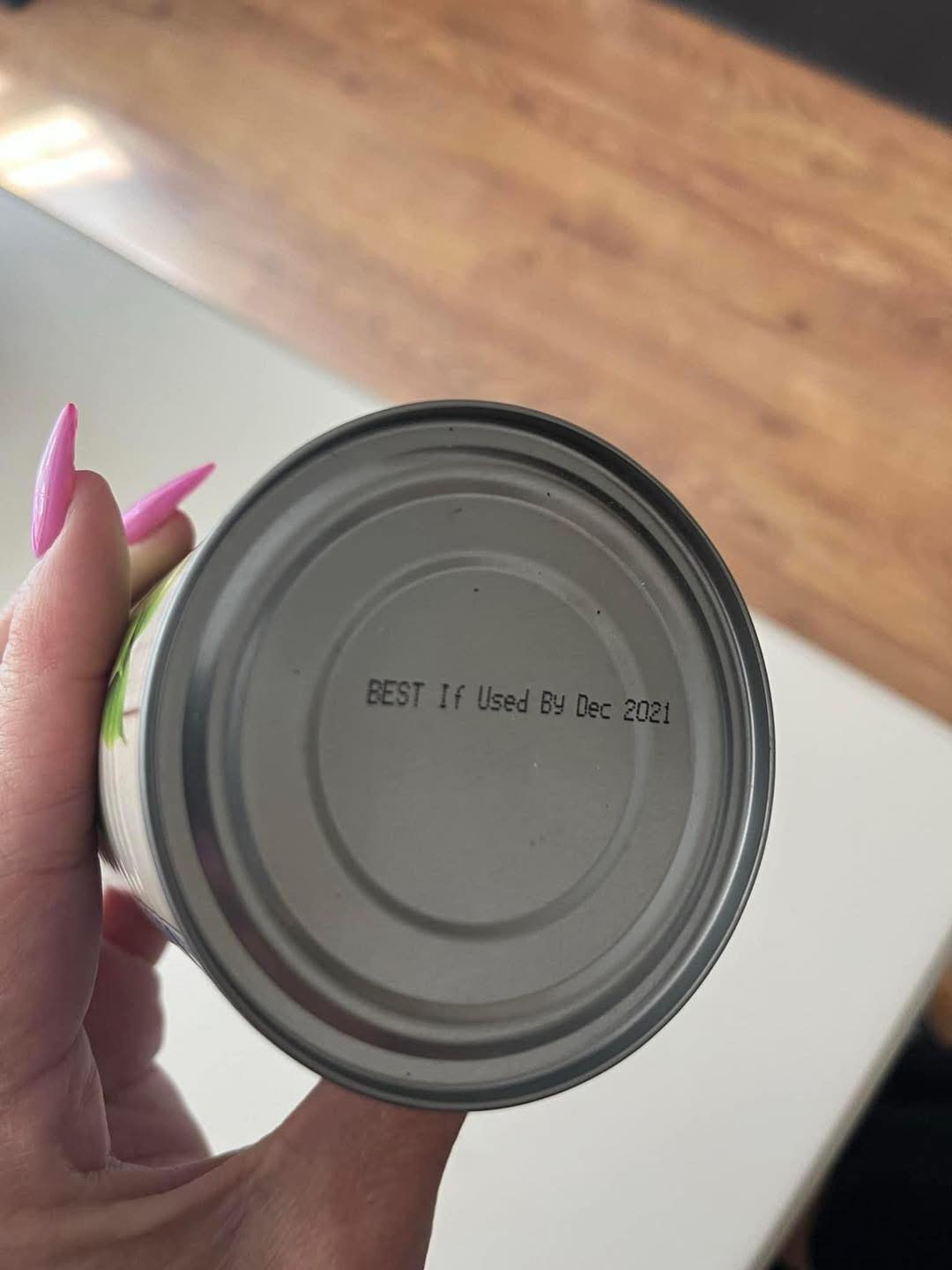We’ve all been there—staring at a date printed on a milk carton or a pack of chicken and wondering if it’s safe to eat. Most of us have been conditioned to think that once that date passes, the food instantly becomes a health hazard. But the truth is, food expiration dates often don’t mean what we think they do.

In fact, many of these labels have more to do with quality than with safety. According to the United States Department of Agriculture (USDA), expiration dates are not hard stop signs. Rather than indicating when a food becomes dangerous, these dates serve as a guide for when the item will be at its freshest or highest quality. This means that tossing out perfectly good food simply because it’s a day or two past its printed date may be doing more harm than good, both to your wallet and the environment. You’ve probably seen labels like “Best if Used By,” “Use By,” and “Sell By” on your groceries, but they don’t all mean the same thing. “Best if Used By” is meant to suggest when a product will be at its peak flavor or texture.
It doesn’t mean the food becomes unsafe after that day. “Use By” is typically the manufacturer’s recommendation for the last day the product will maintain optimal quality. And “Sell By” is a date intended for stores, letting them know how long to display the product. These labels are often misunderstood and lead many people to throw away food that’s still perfectly fine. This confusion plays a significant role in food waste across the United States, where approximately 30% of food ends up in the trash. That’s billions of pounds of wasted groceries each year, much of which could still be eaten. Not only does this impact your personal grocery budget, but it also adds to larger environmental issues like landfill overflow and greenhouse gas emissions.
So how long can you actually keep certain foods past their printed dates? Let’s start with eggs. Surprisingly, eggs can remain fresh for up to three to five weeks after you purchase them. One simple test involves placing an egg in a bowl of water—if it sinks, it’s good; if it floats, it’s time to discard it. Chicken and other meats can often last a day or two past the “Sell By” date if stored properly in the refrigerator, but if you’re not planning to use them right away, freezing is a smart move. As for milk, many people are shocked to find it can still be drinkable up to a week beyond its “Best if Used By” date, as long as it smells fine and hasn’t curdled. Pantry staples like dry rice and pasta can last virtually forever if kept in cool, dry conditions.
Studies have shown that some varieties of rice can last four to five years without spoiling. Canned foods are similarly durable and can remain safe as long as the can itself isn’t dented, rusted, or swollen. Even frozen food can last indefinitely if kept at 0°F or lower, although the quality may decline over time. That said, it’s still important to trust your senses. If you see mold, smell something foul, notice odd textures, or taste something off, those are signs the food is no longer safe. When it comes to evaluating food freshness, your nose, eyes, and taste buds are often more accurate than a stamped date. Another way to reduce food waste is through proper storage. Always keep your refrigerator set at or below 40°F and your freezer at 0°F. Using airtight containers can also go a long way in preserving freshness and preventing contamination from moisture and bacteria. Rethinking how we view expiration dates can have a big impact. These labels are useful tools, but they’re not absolute rules. By learning what each date actually means and using our senses to judge food quality, we can make better choices that reduce waste and save money. So the next time you reach for that jar of salsa or yogurt that’s a day past the date, don’t toss it automatically. Check it, smell it, and taste it if appropriate—you might find it’s still perfectly good. In doing so, you’re not just being thrifty, you’re also doing your part to reduce food waste and lessen your impact on the planet.





